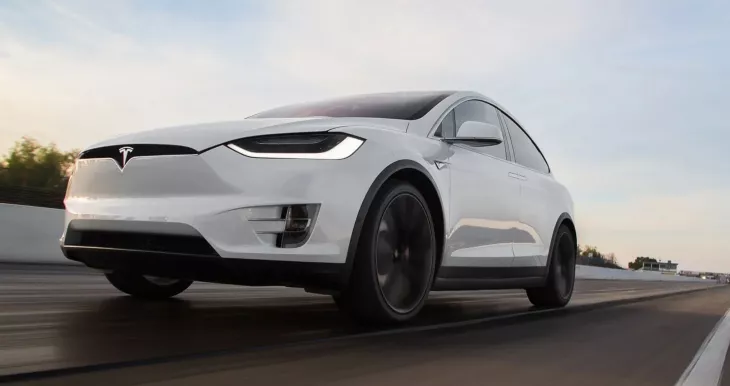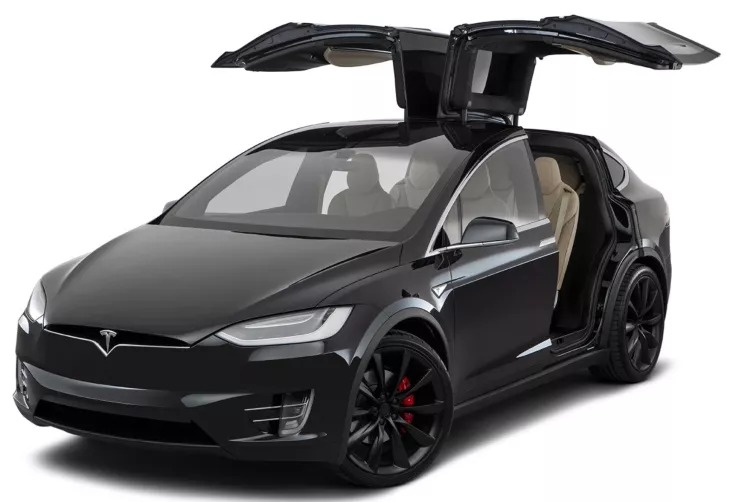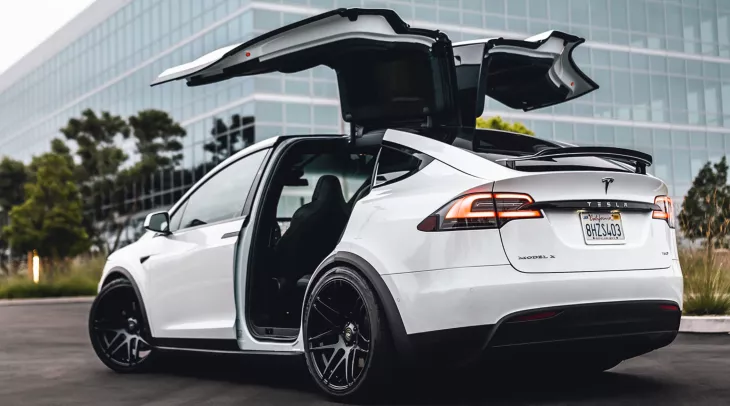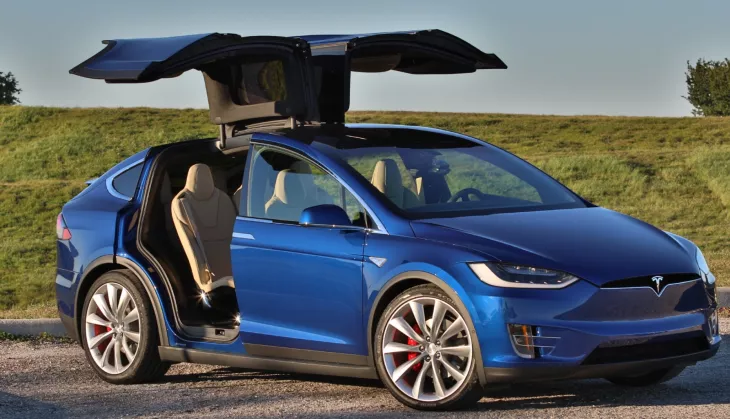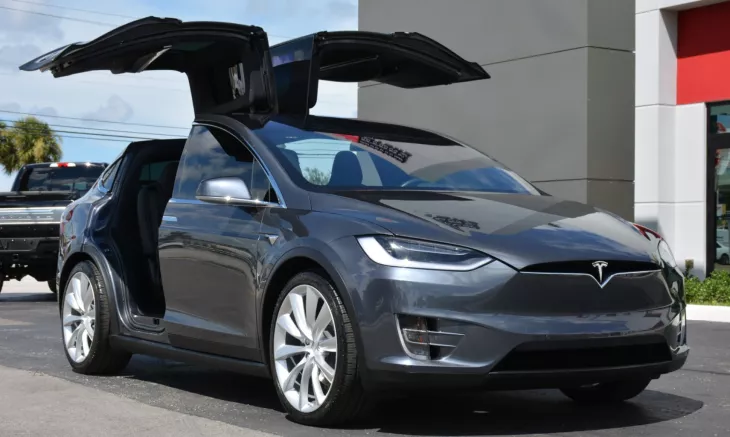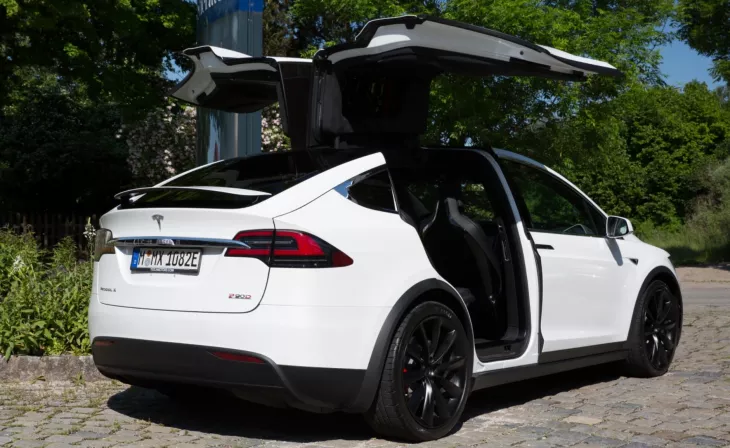According to Consumer Reports, the Model X is Tesla's most unreliable vehicle. It only receives 5 out of 100 possible points in the ranking. Satisfactory, but not at all reliable. If the US consumer protection organization Consumer Reports is to be believed, this assessment applies to Tesla's electric cars. The car manufacturer is in the penultimate place in the reliability ranking there. Ford's electric competitor does better.
Tesla does particularly poorly in this year's ranking for the reliability of various car manufacturers. The ranking, compiled by the US consumer protection organization (Consumer Reports), ranks both Tesla's electric cars and the electric SUVs of competing manufacturers as the most unreliable cars sold in the United States.
Tesla arrives in the ranking on the 27th of 28 places - only the Ford subsidiary Lincoln does even worse. "Electric SUVs as a vehicle category are at the bottom of the league in terms of reliability," said Jake Fisher, Vehicle testing director at Consumer Reports, during a presentation to the Detroit Automotive Press Association, according to Reuters news agency.
The Ford Mustang Mach-E is above average reliable.
The only electric SUV with above-average reliability is the Ford Mustang Mach-E, says Fisher. The organization still attributes Tesla Model 3 to average reliability, but all other Tesla vehicles are below average.
On its website, Consumer Reports explains the process of data collection: "The research department at Consumer Reports conducts several car surveys each year, in which both reliability and satisfaction are measured. In terms of reliability, we ask members to identify any problems with their Make a note of vehicles in the past twelve months. You are asked to identify issues that you consider serious (due to cost, outage, safety, or downtime). We welcome you to add problems not covered by the Warranty, but not those caused by unintentional damage or exclusively by product recalls."
The Tesla Model 3 received a rating of 59 for its reliability. The Tesla Model S, Model Y, and Model X received 20, 18, and 5 of up to 100 points, respectively. However, the Tesla Model X still often had problems with its gullwing doors. The Tesla Model Y struggled with poorly fitting body parts, leaks, and problems with the ventilation system.
However, Fisher of Consumer Reports also teased in the direction of Tesla's announced autopilot "Full Self Driving": "Full Self Driving is not completely autonomous driving at all," said Fisher, according to Reuters. "It's a convenience feature."
However, the propulsion systems of electric vehicles are not the primary source of problems with electric cars, Fisher said. The issues reported by the owners relate to other features. This fits in with the results of the ADAC car club, which found that electric cars have the same problems as combustion engines. Fisher pointed out that carmakers like to use electric cars and their functions as testbeds.
The top-rated brand in the survey was the Toyota subsidiary Lexus. Overall, eight of the top ten brands rated were Japanese.
The Consumer Reports ranking comes just days after members of the organization voted the Tesla Model 3 and Model S as two of the three most satisfactory cars on the market. As recently as 2015, the Model S was at the top of the most recommendable cars by Consumer Reports. However, last year the organization withdrew its title from the Stromer due to repeated problems.
Where Did the Data Come From?
Consumer Reports collects its dependability statistics from the annual Auto Surveys distributed to Consumer Reports members. In all, we collected replies on almost 300,000 automobiles in our 2021 surveys, which covered models from 2000 through 2021.
How are the surveys carried out?
Each year, Consumer Reports' Survey Research Department conducts several Auto Surveys, inquiring about dependability as well as satisfaction. We encourage members to identify any difficulties with their cars in the past 12 months to improve reliability. They are asked to mention any severe challenges they have encountered (because of cost, failure, safety, or downtime). We request that they say warranty-covered problems, but not those originating from accident damage or simply from recall. Respondents select off concerns from a list that includes the engine and transmission and the climate system, brakes, electrical system, and power accessories.
How many examples of each model do Consumer Reports have?
For each model year, a typical car includes 200 to 300 samples. When Consumer Reports have a limited sample size for a model, Consumer Reports may rely on brand history and the dependability of comparable models that share essential components to make predictions. Consumer Reports have used an online questionnaire entirely since 2015 instead of our prior combination of electronic and paper questionnaires from members. Consumer Reports respondent pool was reduced due to the transition, but the internet-only surveys allow us to ask more in-depth questions and gather comprehensive responses regarding difficulties. @via Consumer Reports.





